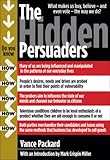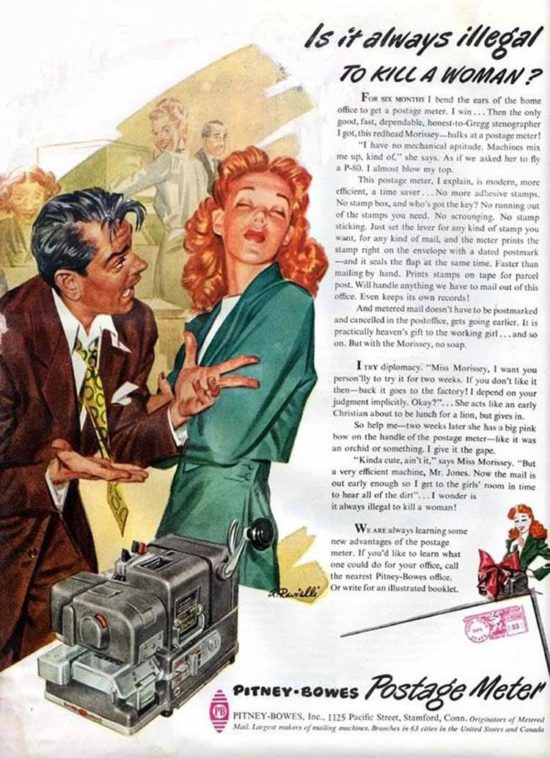Rating: 




 The Hidden Persuaders by Vance Packard (1957)
The Hidden Persuaders by Vance Packard (1957)
Vance Packard was a ground-breaking social critic best known for `The Hidden Persuaders’, which detailed how behavioural scientists recruited by the American advertising industry were increasingly using psychological techniques to increase sales.
Motivational Research aimed to discover the reasons people bought one brand over another, fuelled purchasing `crazes’, and generally spent in a seemingly non-logical or irrational way, revealing much about themselves to the observant analyst. Our subconscious attitudes, they discovered, are far from being the entire explanation of our buying behaviour, but manipulating them went a long way to help companies overcome hostility to their products.
Since this information has increasingly been traded, in order to persuade us to buy any number of goods, often in a manner cynically eroding individuality, Packard believed consumers should develop a `recognition reflex’, to protect against the merchandising manipulators, or persuaders, because ultimately assuming that Commerce is merely supplying what we, the consumer, demands, is outmoded and simplistic.

Packard believes we are far more cautious about religion and politics, even though both can use alarmingly similar techniques to manipulate. Interestingly, many see the world as comprising these three elements; namely Religion, Politics and Commerce.
Most of us would like to think of ourselves as shrewd, careful, hard-headed consumers, highly individual, informed and enlightened. Ironically, this very image, by appealing to our vanities, is the one most favoured by the agencies persuading us to buy their products, from cars, insurance, foodstuffs, tobacco, clothing and cosmetics (specific products focused on in this book).
In another context, manipulation of our children’s minds would trigger a storm of protest, but parents are now familiarly harassed by children into buying heavily advertised brands, starting with relatively low-cost items – fast-food, cereals, toys, but as children grow, advertisers pitch for increasingly expensive items – cars, computers, mobile phones, etc.
Do we only buy goods with our cash? One advertising executive thinks not. He used the example of a 25 cent bar of soap and a $2.50 jar of skin cream. “Why are women so willing to pay for beauty products? soap only promises cleanliness. The skin cream however, promises beauty, youth, success. Women are buying a promise. Cosmetic manufacturers are not selling skin cream, but hope.” We no longer buy fruit and vegetables, we buy health and vitality. We do not buy cars, but prestige, not holidays, but travel experiences.
A writer quoted by Packard stated, `We are now confronted with the problem (to commerce), of permitting the average American person to feel moral even when he is spending not saving, taking two vacations a year, and buying a second or third car (not to mention increasing personal debt). How then to give people the sanction or justification to enjoy it, and demonstrate that a hedonistic lifestyle is moral not immoral. This permission… must be one of the central themes of advertising.’ Reminded me of Gordon Gecko’s motto `Greed is good’ in `Wall Street’.
Many of the points made in this book are familiar to us, for example, criticism of tobacco advertising and sponsoring. When this book was published, in 1957, these were revelations. The original message still remains powerful. Packard believed the fundamental threat was to our rights of privacy and choice. Fifty years on is that not even more relevant? As the man said, “I prefer by my own free will not to be logical or rational if I so choose. I do not prefer my spending to be manipulated.” I suspect the most sinister manipulation is carried out without any conscious knowledge on our part at all.